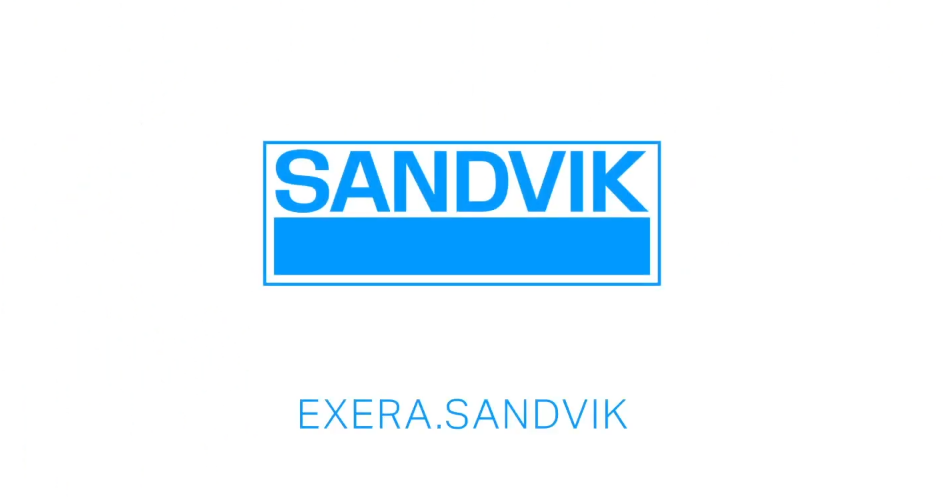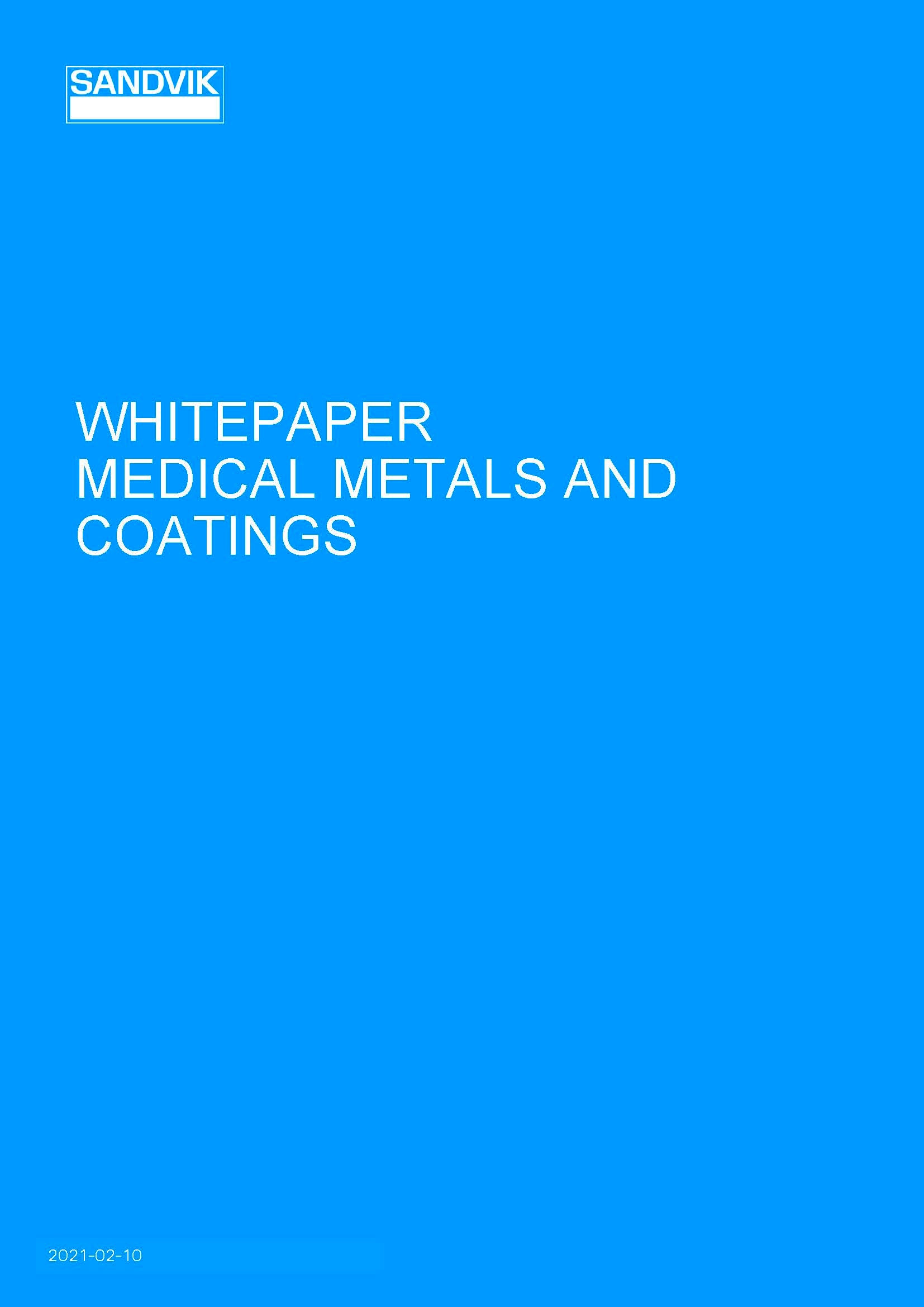
The 2030 Agenda for Sustainable Development, which was adopted by the UN in 2015, provides the blueprint for our shared goals when it comes to protecting people and the planet. The agenda includes 17 Sustainable Development Goals (SDGs), which act as urgent calls for action for all countries across the globe.
The UN’s aim is to end poverty, improve health and education, fight inequality, and encourage economic growth, as well as tackle climate change and environmental conservation.
Across the globe, there has been a cross-sector collaboration between civil society, academia and the business community to ensure that these goals are met. Swedish multinational engineering company Sandvik has defined the goals that are most relevant for their business and explained how they are actively contributing.
Promoting good health and well-being
Sandvik is continually working to better the health of workers and their families, from the use of battery-electric vehicles to improve air conditions for underground workers, to participating in the SHWAP program in Southern Africa which offers support and aims to prevent HIV and AIDS.
For the medical wire arm of the business, improving lives is everything. Sandvik custom medical wire components branded EXERA® have been used in a range of medical devices including cochlear implants, pacemakers, continuous glucose monitors and deep brain stimulation devices, changing the lives of patients across the globe.
Supporting gender equality
Part of Sandvik’s sustainability goal is to have at least one third women in managerial positions by 2030. The company has ongoing measures in place to support female employees, including prohibiting discrimination in their code of conduct, as well as parenting/day care programmes.
Clean and affordable energy
Sandvik uses clean electricity in all of its European production sites, one in the US and one in Brazil, which corresponds to 84% of its electricity usage. Additionally, the company’s coated strip steel for fuel cell bipolar interconnect plates have been used in hydrogen cars and stationary hydrogen solutions and its stainless-steel tubes have been used in the production of renewable gas.
Decent work and economic growth
Decent working conditions are a prerequisite in Sandvik’s Code of Conduct and Supplier Code of Conduct, including meeting the requirements of the ILO Declaration on fundamental principles and rights at work, as well as principles 4, 5 and 6 of the UN Global Compact.
Part of Sandvik’s sustainability goals for 2030 is a no-harm to people policy, and this includes prioritising the safety of employees and contractors.
Industry innovation
Sandvik supports manufacturing innovation across numerous industries, including new methodologies to improve the sustainability and efficiency of turning/metal removal, improving the service life of compressors, reducing CO2 emissions with electric furnaces, and providing on-demand, 3D-printed solutions based on titanium powder for the medical industry. One ground-breaking project that one of Sandvik’s division is included in is to revolutionize the steelmaking technology by replacing the coal-based blast furnace process with a direct reduction process, based on hydrogen produced with fossil free electricity. The result will be a fossil-free value chain, from mine to steel.
Responsible consumption and production
By 2020, Sandvik steel was derived from 82% recycled material. The company has extensive recycling and buy-back programmes in place to reduce energy consumption, lower carbon emissions and produce less waste.
Fighting climate change
As part of its 2030 sustainability goals, Sandvik aims to halve its CO2 impact, with every division of the company having transparent targets for energy efficiency and reduced carbon emissions. Read more about Sandvik’s sustainable business goals (link to page https://home.sandvik



